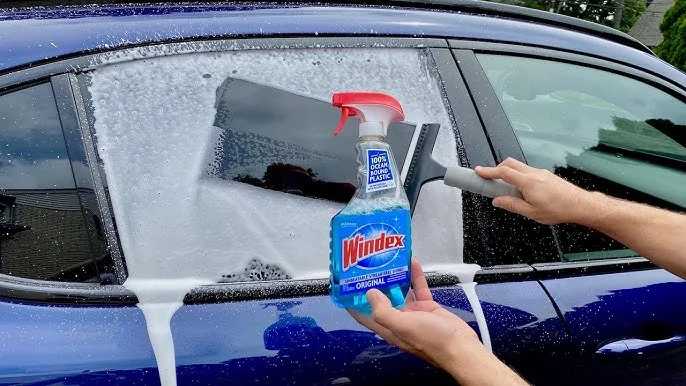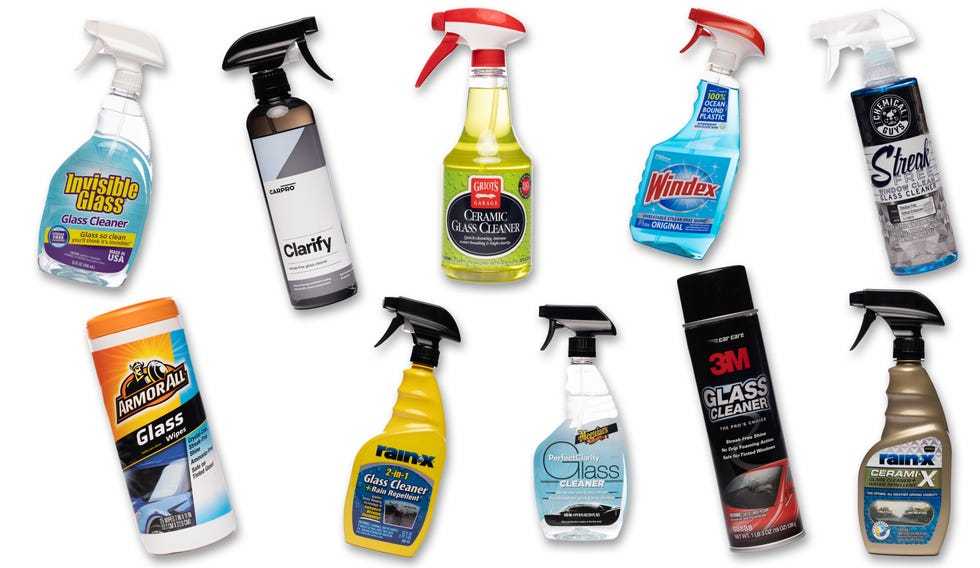The best way to tint your car windows is to hire a professional auto tinting service using high-quality materials for a flawless finish that lasts. Doing it yourself can save money but often results in bubbles, uneven coloring, or damage if not done correctly. For a smooth, secure, and aesthetically pleasing tint, professional installation is the smartest choice.
Professionally tinted windows not only enhance your vehicle’s look but also improve privacy, reduce heat, and block harmful UV rays effectively. While DIY kits are tempting, they often lack the precision and longevity of expert work. Investing in a professional service ensures your car’s windows are tinted with the right materials, techniques, and expertise, making your ride cooler, safer, and stylish for years to come.
Best Way to Tint Car Windows
Understanding Car Window Tinting
Car window tinting involves applying a thin film of material to the inside of your vehicle’s windows. It helps reduce glare, block harmful UV rays, and add privacy. Choosing the right tinting method is key to ensuring durability and compliance with local laws.
Types of Window Tint Films
It is important to know the different types of tint films available. Each type has unique features to fit your needs and budget.
Dyed tint is the most affordable option. It uses a layer of dye between adhesive and a clear protective top coat. It blocks sunlight effectively, but may fade over time.
Metalized tint incorporates tiny metallic particles for durability. It reflects heat better and offers a shiny appearance. However, it may interfere with electronic signals like GPS and cell phones.
Ceramic tint is the high-end choice, offering excellent heat rejection and UV protection. It does not interfere with electronics and lasts longer. Its cost is higher but provides the best performance.
Carbon films provide strong UV blocking and are more resistant to fading than dyed films. They are a good middle ground in terms of price and performance.
Legal Regulations to Consider
Before tinting your car windows, check local laws to avoid fines. Each area sets rules on the permissible tint darkness and reflectivity.
How to Choose the Correct Tint Darkness
Use a tint meter to measure the percentage of light allowed through your windows, called VLT (Visible Light Transmission). Many states allow window tinting around 35% VLT for the driver’s side and back windows.
Understanding Mirror and Reflectivity Limits
Some jurisdictions restrict how much the tint can reflect sunlight. Ensure your chosen film complies with these standards to avoid legal issues.
Professional vs. DIY Window Tinting
Deciding between professional installation and DIY tinting depends on your experience and budget.
Benefits of Professional Tinting
Professionals guarantee precise application, especially on curved surfaces and tricky areas. They ensure the film is bubble-free and adheres properly, improving longevity.
DIY Tinting Tips and Precautions
If you choose to do it yourself, invest in quality tinting kits. Make sure your windows are clean and dry before installation. Follow step-by-step instructions carefully to avoid bubbles and wrinkles.
Step-by-Step Guide to Tinting Car Windows
Here’s a simplified process for professional or DIY tinting:
- Clean all windows thoroughly using a glass cleaner and lint-free cloth.
- Measure window dimensions precisely to cut the tint film accurately.
- Apply a soapy water solution to the glass surface to help position the film.
- Peel off the backing from the tint film carefully.
- Align the film with the window, then smooth out bubbles with a squeegee or plastic card.
- Trim excess film along the edges for a neat appearance.
- Allow the film to cure as recommended, avoiding rolling down windows immediately.
Tools and Materials Needed
To achieve the best results, gather these supplies:
- High-quality tint film suited for your needs
- Spray bottle with soapy water
- Rubber squeegee or plastic scraper
- Utility knife or precision cutter
- Lint-free cloth and paper towels
- Heat gun or hairdryer (optional for easier application on curves)
- Measuring tape and marker
Maintaining and Caring for Tinted Windows
Proper care ensures your tint lasts longer and maintains its appearance.
Cleaning Tips
Use a mild, ammonia-free glass cleaner for tinted windows. Avoid abrasive cloths which can scratch the film. Wash windows regularly to prevent dirt buildup.
Protecting Your Window Tint
Park in shaded areas to minimize sun exposure and prevent fading. Avoid rolling down windows for at least a few days after installation to allow the film to cure fully.
Common Challenges and How to Overcome Them
Installing tint can sometimes lead to bubbles or peeling.
Dealing with Bubbles
Use a squeegee to push out air from the center toward the edges. For stubborn bubbles, create a tiny incision with a pin, then smooth the film again.
Preventing Peeling and Fading
Choose high-quality film and professional installation. Avoid excessive exposure to harsh sunlight during the initial curing period.
Cost Comparison of Tinting Options
Understanding the price differences helps make informed decisions.
| Type of Tint | Approximate Cost | Features |
|---|---|---|
| Dyed Tint | $100 – $300 | Affordable, decent UV protection |
| Metallic Tint | $200 – $400 | Heat reduction, reflective surface |
| Ceramic Tint | $300 – $700 | Best heat and UV protection, no signal interference |
| Basic DIY Kit | $50 – $150 | Cost-effective, but requires skill and patience |
Final Tips for the Best Window Tinting Experience
Always choose reputable tint brands and experienced installers. Regular maintenance extends the life of your tint, keeping your vehicle looking sharp. Remember to stay within legal limits to avoid fines and ensure safety.
Choosing the right method and film for tinting car windows will improve comfort, privacy, and the appearance of your vehicle. Follow these detailed steps and tips to achieve a professional and durable tint that matches your lifestyle and local regulations.
Learn Tint in 60 seconds #windowtint #tint #tintingwindows #glass #cars #diy #diycrafts #walmart
Frequently Asked Questions
What are the essential steps to ensure a smooth and professional window tint application?
Start by thoroughly cleaning the car windows with a glass cleaner to remove any dirt, dust, or grease. Measure and cut the tint film accurately to fit each window. Use a spray solution to dampen the glass before applying the film, which helps prevent bubbles. Carefully position the tint, then use a squeegee to smooth out any air pockets and excess solution. Finally, trim any overlapping edges and allow the film to cure fully without rolling down the windows for at least a few days.
How can I prepare my car to get the best results from window tinting?
Prepare your vehicle by washing all windows thoroughly to eliminate grime and residues. Park the car in a shaded, dust-free environment to prevent dirt from settling during application. Make sure the interior of the car is clear of items that could interfere with the tinting process. If you’re applying the tint yourself, review instructions carefully and gather all necessary tools beforehand for a smooth installation. Taking these steps helps achieve a clean, long-lasting finish.
What maintenance practices help prolong the lifespan of tinted windows?
After the tinting process, avoid rolling down windows for at least a few days to let the film set properly. Use mild soap and water to clean the windows, avoiding abrasive cleaners or tools that could scratch the film. Refrain from using ammonia-based cleaners, as they can deteriorate the tint over time. Regularly inspect the windows for bubbles or peeling, and address any issues promptly to maintain the appearance and functionality of the tint.
Final Thoughts
The best way to tint car windows involves choosing high-quality film and professional installation. This ensures durability, appearance, and compliance with local laws. Properly applied tint enhances privacy and reduces heat inside your vehicle.
In summary, investing in expert installation is key to achieving excellent results. The best way to tint car windows combines quality materials and skilled application for long-lasting, attractive outcomes.



